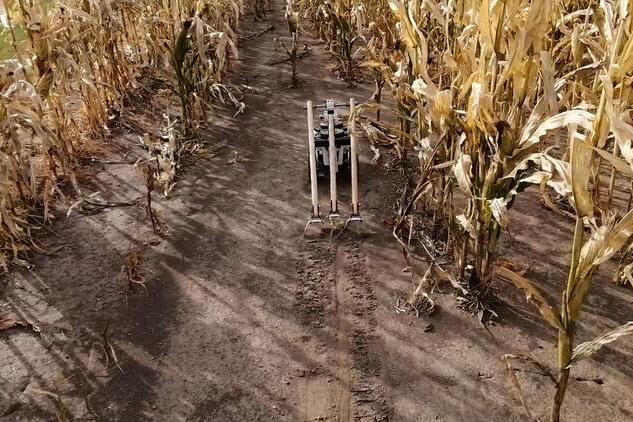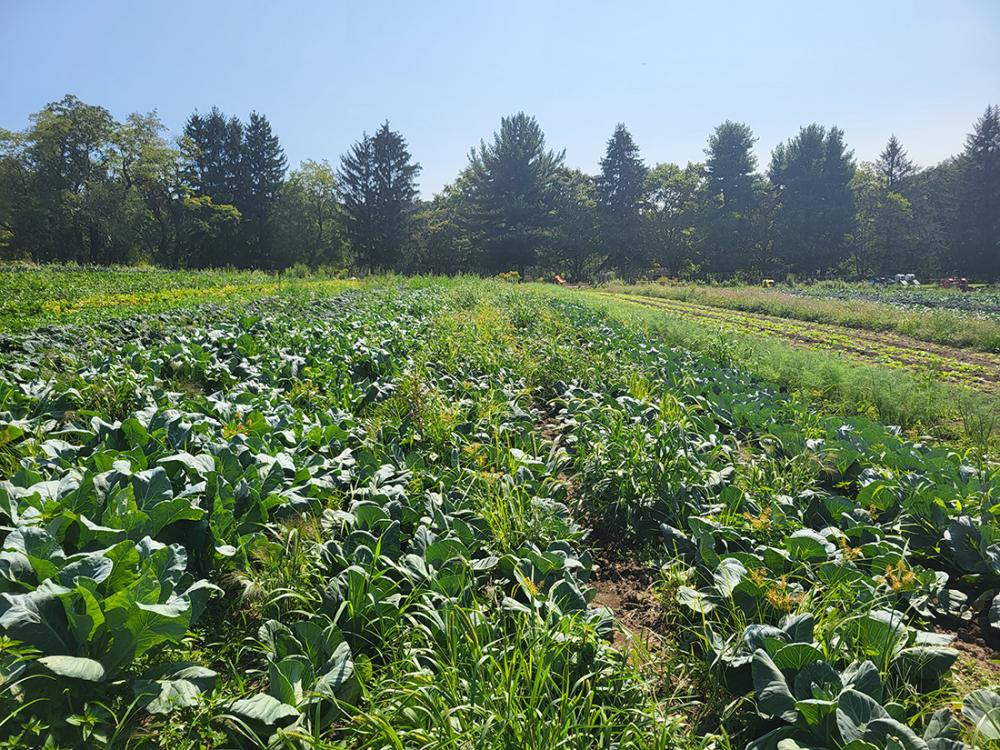New study explores farmer adoption amid superweed threat.
Herbicide-resistant superweeds pose a significant challenge to U.S. agriculture, jeopardizing weed control methods for crops like corn and soybeans. With no new herbicide modes of action on the horizon, researchers are exploring alternative solutions, including agricultural robotics. A recent University of Illinois Urbana-Champaign study examines the potential for weeding robots to offer an environmentally friendly and economically viable solution to this growing problem.
“The exclusive reliance on herbicides for weed control has led to the appearance of superweeds, and we don’t have anything in the pipeline in terms of new modes of action,” said Madhu Khanna, professor of agricultural and consumer economics and director of the Institute for Sustainability, Energy, and Environment at Illinois. “If chemical control methods fail, it could result in millions of dollars per year in crop losses.”
The study identifies the types of farmers and fields most likely to adopt robotic weeders, focusing on common waterhemp (Amaranthus tuberculatus), a notorious Midwestern weed that has already developed resistance to multiple herbicides. Researchers analyzed how factors like weed seed density, resistance levels, and economic thresholds influence robot adoption at the farm level.
Robotics as a Solution to Superweeds
Mechanical weeding robots, powered by artificial intelligence, offer several advantages: they operate under crop canopies, are lightweight, and minimize labor while reducing environmental impact. These robots use hoes to disrupt weed seed emergence, providing an alternative to chemical herbicides. Although not yet commercially available for corn and soybean production, their potential to combat herbicide-resistant weeds is significant.
“Small, lightweight robots that operate under the canopy are highly efficient, have a low labor intensity, and are environmentally friendly. They work by pulling hoes through the soil, thus disturbing the emergence of weed seeds,” Khanna explained.
Key Findings on Adoption
The study explored two weed management strategies
- Myopic Management: Focused on short-term gains, farmers delay adopting robots until herbicides fail completely.
- Forward-Looking Management: Accounts for long-term consequences, leading farmers to adopt robots earlier and more strategically.
“We found that both seed density and resistance level are important for myopic management. For a forward-looking approach, seed density does not matter, because resistant seeds are likely to spread in the future. This perspective does take resistance level into consideration, but almost any level is sufficient to trigger adoption,” said Shadi Atallah, associate professor in the College of Agricultural, Consumer, and Environmental Sciences (ACES).
“Assuming a robot costs $20,000, farmers with a forward-looking management perspective are likely to adopt if 0.0001% of the seeds are resistant, whereas someone with a year-by-year management approach will wait until resistance levels are above 5%,” Atallah added.
“Consequently, if you’re managing for the future, don’t even bother to look at seed density, just look at the resistance level. And no matter how low that is, you should go ahead and adopt the robots.”
Economic and Environmental Implications
The findings suggest that forward-looking farmers start using robots at lower resistance levels, avoiding full reliance on herbicides. In contrast, myopic farmers wait until resistance levels exceed 5%, adopting robots only after exhausting chemical options.
“Farmers may take the myopic perspective, for example, if they lease their land and must renew it every year, so they can’t really plan for the future. But even for those who are managing on a yearly basis, there will come a point where it is necessary to adopt the robots because other control options are exhausted,” Atallah said.
“We find that myopic management leads to higher profits initially because they’re not investing in the robots. Forward-looking management appears to be worse off at first because they are buying the robots. But that pays off after year six when their profits become higher,” Atallah explained.
A forward-looking approach can also help reduce the number of resistant seeds and perhaps contribute to a reversal of resistance. “Resistance isn’t reversible for all weed species, but for waterhemp, there is a tradeoff when seeds develop resistance; their reproduction rate becomes smaller. As a result, resistant seeds are likely to be outgrown by non-resistant ones if selection pressure is reduced,” Atallah noted.
Future Research Directions
The researchers focused on maximizing profit at the farm level, but a forthcoming study will consider two neighboring farms to understand the spillover effect of resistant seeds. They also plan to conduct a landscape-level analysis to evaluate the impact on larger areas, which will have further implications for policymakers.











